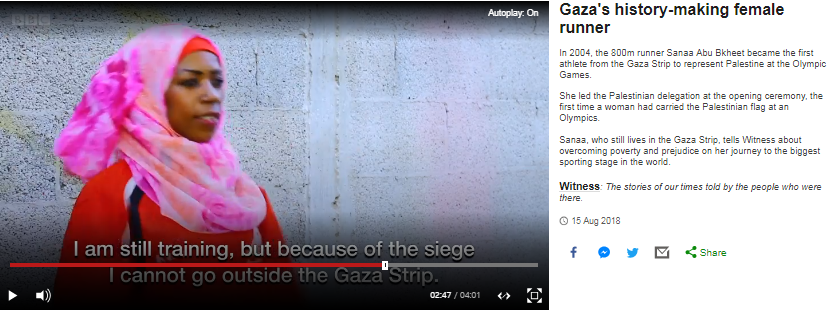 On September 30, 2000, a couple of days after the start of the 2nd Intifada, The New York Times, AP and other major media outlets published a photo of a man — bloodied and battered — crouching beneath a club-wielding Israeli policeman. The caption identified him as a Palestinian victim of the recent riots — with the implication that the Israeli soldier was the one who beat him.
On September 30, 2000, a couple of days after the start of the 2nd Intifada, The New York Times, AP and other major media outlets published a photo of a man — bloodied and battered — crouching beneath a club-wielding Israeli policeman. The caption identified him as a Palestinian victim of the recent riots — with the implication that the Israeli soldier was the one who beat him.
The victim’s true identity was revealed when Dr. Aaron Grossman of Chicago sent a letter to the Times, noting that the man in the image was Tuvia Grossman, a Jewish student from Chicago (and Dr. Grossman’s son). He, and two of his friends, were pulled from their taxi while traveling in Jerusalem, by a mob of Palestinian Arabs, and were severely beaten and stabbed. In the letter, it was noted that picture could not have been taken on the Temple Mount because there are no gas stations on the Temple Mount and certainly none with Hebrew lettering, like the one clearly seen behind the Israeli soldier – who was attempting to protect his son from the mob.
In response, the New York Times published a perfunctory correction which identified Tuvia Grossman as “an American student in Israel” — not as a Jew who was beaten by Arabs. The “correction” also noted that “Mr. Grossman was wounded” in “Jerusalem’s Old City” — although the beating actually occurred in the Arab neighborhood of Wadi al Joz, not in the Old City.
In response to public outrage at the error and the half-hearted correction, The New York Times reprinted Tuvia Grossman’s picture — this time with the proper caption — along with a full article detailing his near-lynching at the hands of Palestinians rioters.
The photo of a bloodied Tuvia Grossman became a symbol in the struggle to ensure that Israel receives the fair media coverage that every nation deserves – and launched Honest Reporting, a site which has become a truly indispensable media resource in the ongoing fight against the demonization of the Jewish state.
Recently, Honest Reporting released a superb report on how Reuters, AP and AFP/Getty misuse imagery to distort coverage of the Israeli-Palestinian conflict.
Part 1 of HR’s study focuses primarily on images originating from Israel and the Palestinian territories – as well as Reuters’ questionably cropped photos taken on board the flotilla vessel, Mavi Marmara.
HR noted:
The pictures [used in the study] were published during a period of intense public dispute between Israel and flotilla organizers over which side was responsible for the violence that ended in the deaths of nine flotilla passengers and injuries to seven IDF commandos. Israeli officials produced video evidence of soldiers being attacked viciously as they boarded the Mavi Marmara ship. Weapons were found on board the ship despite flotilla activists claiming to be unarmed.
The first example in HR’s report deals with a photo, published in a Turkish newspaper. Notice the flotilla activist holding a knife in the lower right corner:
The same photo, originally released by Reuters, has been cropped so that the knife, and potentially evidence of the intentions of those on board the ship, is removed
Open this link to see the rest of Part 1 of this excellent expose by Honest Reporting.







